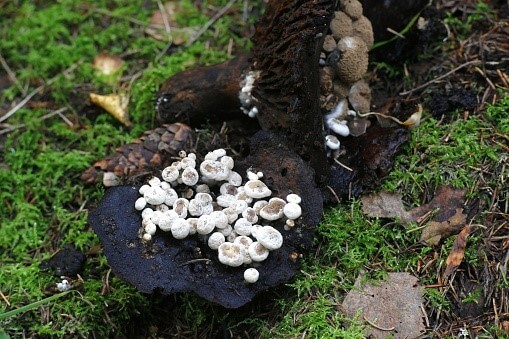All you want to know about cloning mushrooms
Cloning mushrooms is a very easy method. The mushroom industry is one of the most prolifically growing industries. Mushroom farming is done to meet the hotel industry’s demands, where the mushrooms form the base of many delectable dishes. A significant part of the produce of mushroom farming is used for formulating recreational drugs too. If you have enough mushrooms with you, you can generate a considerable fortune by learning how to clone them.
Materials needed for cloning mushrooms
The cloning process is a simple one but does require you to take care during the process. Some fumes are released during the process that may be harmful to the eyes or other senses. So, apart from the cloning materials, you must use protective gear also. Here is the complete list of materials required.
- Petri dishes with antibiotic agar medium
- Paraffins to seal the Petri dishes
- Hand and workspace disinfectant
- Alcohol lamp
- Protective gear comprising – latex gloves, hairnet and face mask, glove bag to keep workspace sterilized
Inculcating process to create a mushroom clone

- Choose fresh mycelium. For successful cloning, the most gratifying mushroom fruit bodies are to be picked. Make it a point to pick the mushroom only when you intend to clone it immediately. Older mushrooms may not give the desired results.
- Keep the workspace sterile. Use of gloves, heated scalpel for grafting purpose, and employing HEPA-filter or Glove Box is recommended for sterilization of workspace, which is essential for making cloning a success.
- Pick the flesh from mushroom to clone. Though any part of the mushroom body can be picked for cloning, the most promising parts are interior portions of the upper stem and cap. Split the portion that remains near-ground by making a deep incision but without tampering with the inner flesh.
- Take the innermost part of the stem, preferably. This portion is invariably contamination-free and is the cleanest. The incision should be about half a centimeter deep. Now, heat the scalpel on the flame first. Then, transfer the portion to be cloned using this scalpel to a sterile blade. A size of 3x3mm is good enough to propel the cloning process.
- After taking it on the blade, transfer the flesh portion to a half-sealed petri dish carrying agar medium treated with an antibiotic. Now, store this petri dish in a dark but airy, humid place. These conditions stimulate the mycelium growth.
- The temperature should be optimally maintained and wait for about a week. If everything is done correctly, the mycelium starts to germinate by the end of the week.
It is worth noticing that cloning’s success rate is 80-90%, depending upon how experienced you are in the process. So, it is advised to culture the mushroom flesh in a few more Petri dishes. The incubator used for keeping Petri dishes should provide ample ventilation. Label each of them with the date, time, and information about the plant’s genus from which strain is used for cloning. It helps in finding the most productive of all genus. Also, amateurs or beginners should be ready to face more failure, but they can increase their cloning success rate with practice.
Cloning the store-bought mushrooms
Though the process for cloning store-bought mushrooms is more or less the same, still organic mushrooms available in the stores are better to pick for the purpose.
Store-bought mushrooms’ ends containing mycelium are enough for the cloning process. One need not struggle to locate spores in these mushrooms. The only thing to take care of is that you must have an amply moist and clean environment at your disposal to grow the store-bought mushrooms and have your share of home-grown varieties.
You can use a cardboard box, a petri-dish, and some straws to provide ample air and moisture for the mycelium to grow. It takes about 19 days to home-cultivate the mushrooms.

Leave a Comment